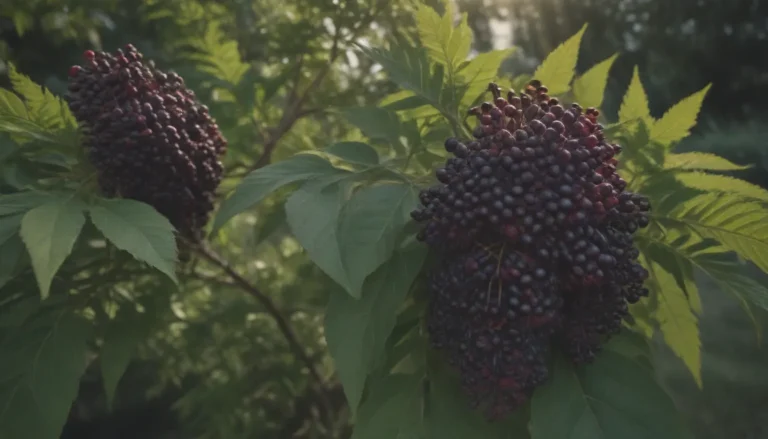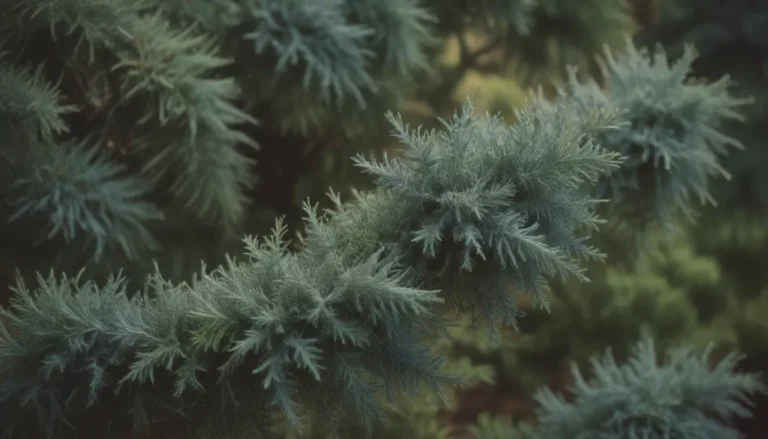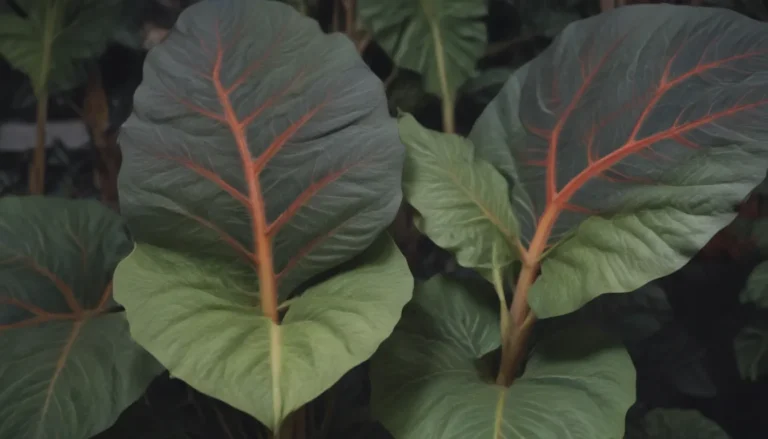Everything You Need to Know About Getting Rid of Magnolia Scale

If you’ve noticed small crusty bumps or patches on the stems and leaves of your plants, you may be dealing with a magnolia scale infestation. These tiny insects hide under a waxy coating as they feed on plant juices, leading to the bumpy areas you see on magnolia twigs. But fear not, we’ve got you covered with all the information you need to tackle this pesky problem head-on.
Understanding Magnolia Scale
Magnolia scale insects are part of the Coccoidea superfamily, with over 8,000 species of scale insects in existence. One troublesome species is the magnolia scale (Neolecanium cornuparvum), which can grow up to 1/2 inch in length. These insects are known for their waxy protective coating that forms crusty patches on plants.
What Causes Magnolia Scale
Magnolia trees that are stressed are more likely to attract scale insects. Factors such as lack of moisture, other diseases, or excessive fertilizer can make a tree more susceptible to infestations. It’s essential to keep your magnolia tree healthy to prevent scale issues.
The Lifecycle of Magnolia Scale Insects
Magnolia scale insects spend the winter as dark nymphs on magnolia branches, feeding and growing in the spring. They mate in late spring, with females enlarging through July. In August through September, females give birth to live young (crawlers) that seek out new spots to feed and spend the winter. This crawler phase is the best time to control magnolia scale with pesticides.
Damage Caused by Magnolia Scale
While minor infestations may not harm your magnolia tree significantly, a major infestation can stress the tree, leading to yellowing leaves and twig dieback. Scale insects excrete a honeydew substance that can attract sooty mold, ants, and other insects. Star magnolia, saucer magnolia, and hybrid magnolia trees are especially prone to severe damage from scale.
How to Get Rid of Magnolia Scale
1. Pick Insects by Hand
For small infestations on shrubs, you can pick off scale insects by hand when you spot them. Nymph-phase insects can be removed easily in the spring, as well as crawlers in late summer and early fall.
2. Spray With Horticultural Soaps or Oils
Horticultural soaps and oils like neem oil can smother scale insects during the crawler phase in late summer. Multiple applications may be necessary for effective control. Dormant oils can also be used in early spring to coat overwintering nymphs.
3. Remove Affected Branches
If the infestation is limited to a few twigs or branches, pruning them away can stop the spread of scale insects. This method works best for early-stage infestations.
4. Spray With Pesticide
Chemical pesticides can kill scale insects in the crawler stage. Late summer, especially September, is an ideal time to spray for magnolia scale. Follow up with a second treatment 10 to 14 days later for better control.
5. Use a Systemic Pesticide
Systemic insecticides containing imidacloprid can be applied to the root zone in early May for effective control of magnolia scale.
How to Prevent Magnolia Scale
The best way to prevent scale insects is to keep your magnolia tree healthy. Proper watering, mulching, and pruning of diseased limbs can help deter infestations. Natural predators like ladybugs and lacewings can also control scale insects in their crawler stage. Avoid over-fertilizing magnolia trees, as it can attract scale insects.
Remember, magnolia scale is specific to magnolia and tulip trees and won’t spread to other species. If all else fails, there are spray pesticides available to combat scale infestations.
With these tips and tricks, you can effectively tackle magnolia scale and keep your plants healthy and thriving. Don’t let these pesky insects get the best of your beautiful magnolia tree!





